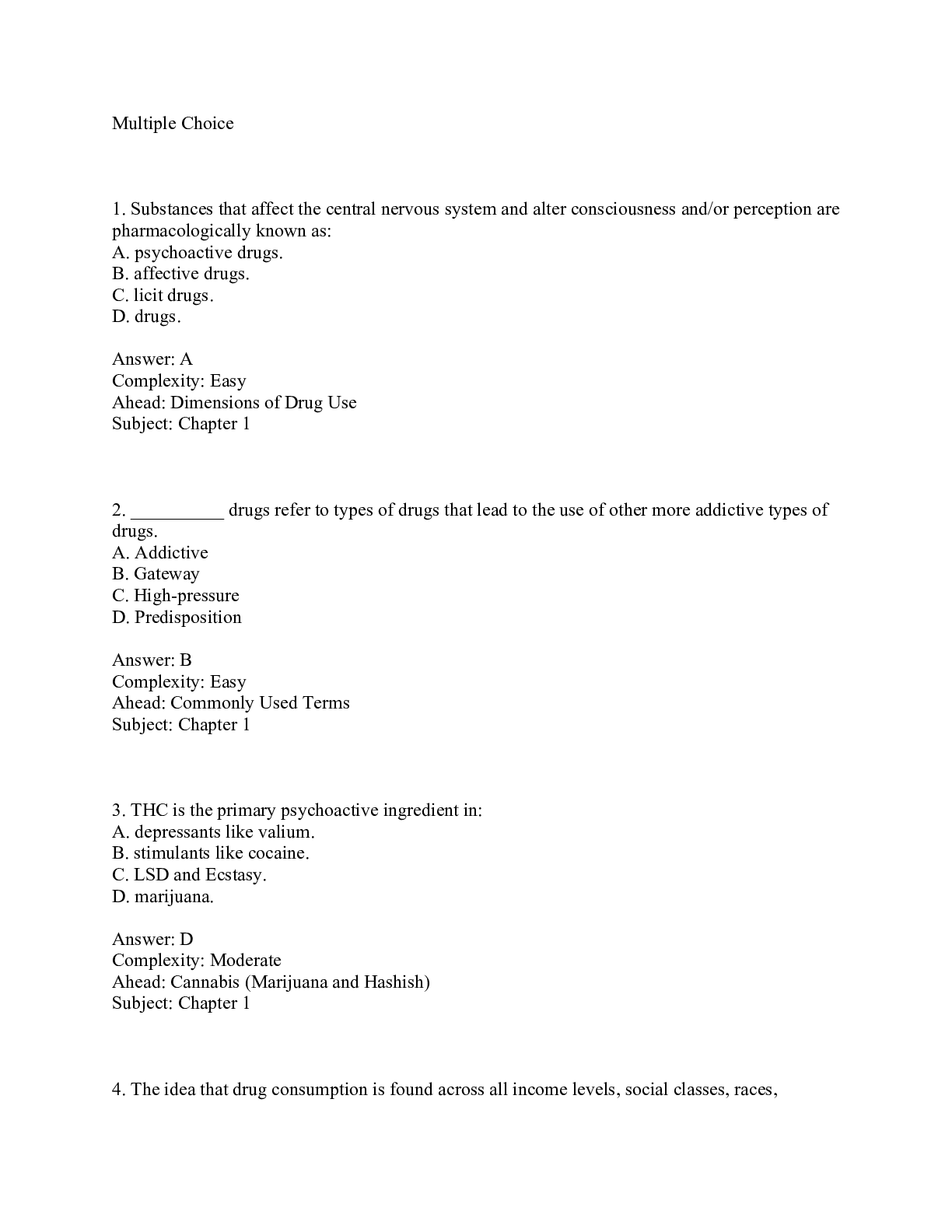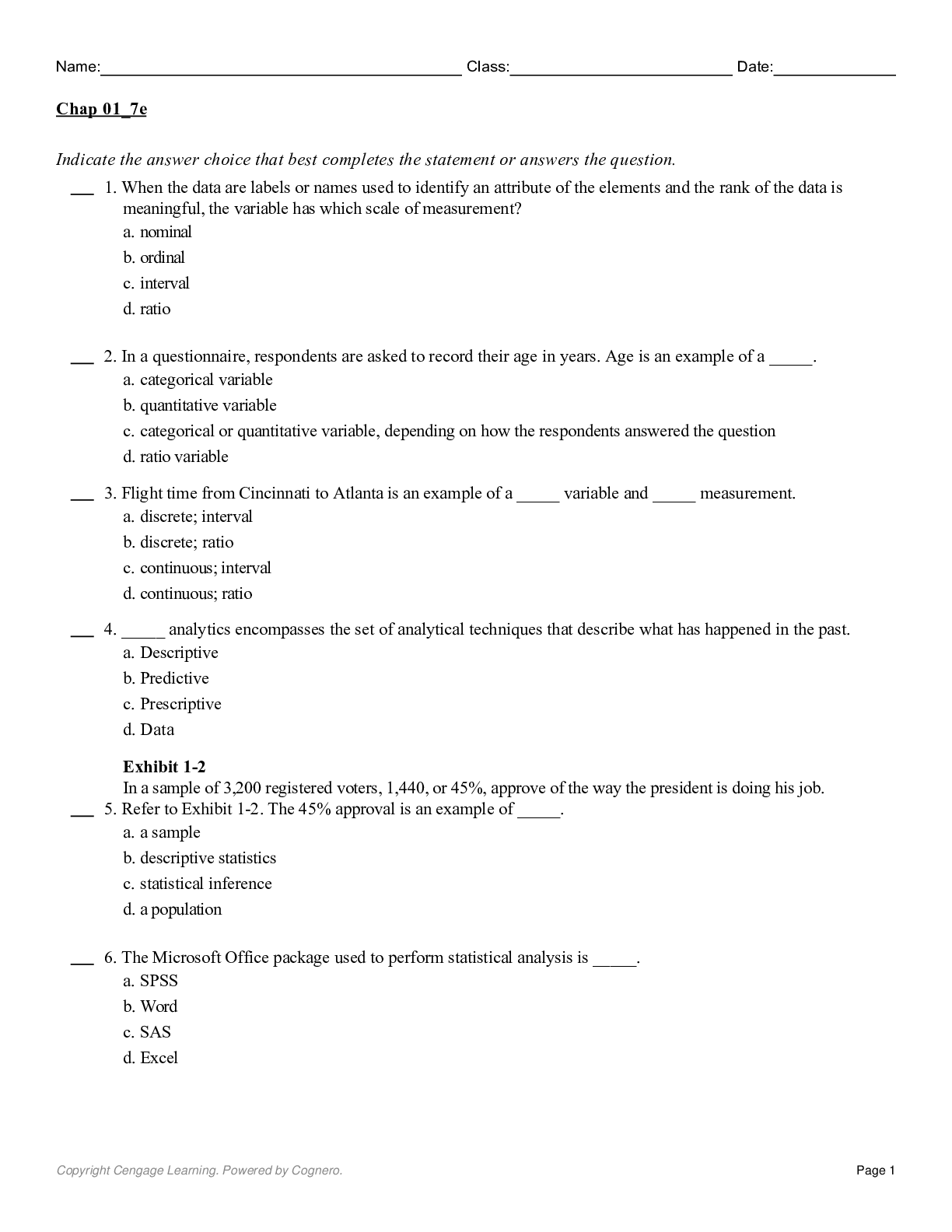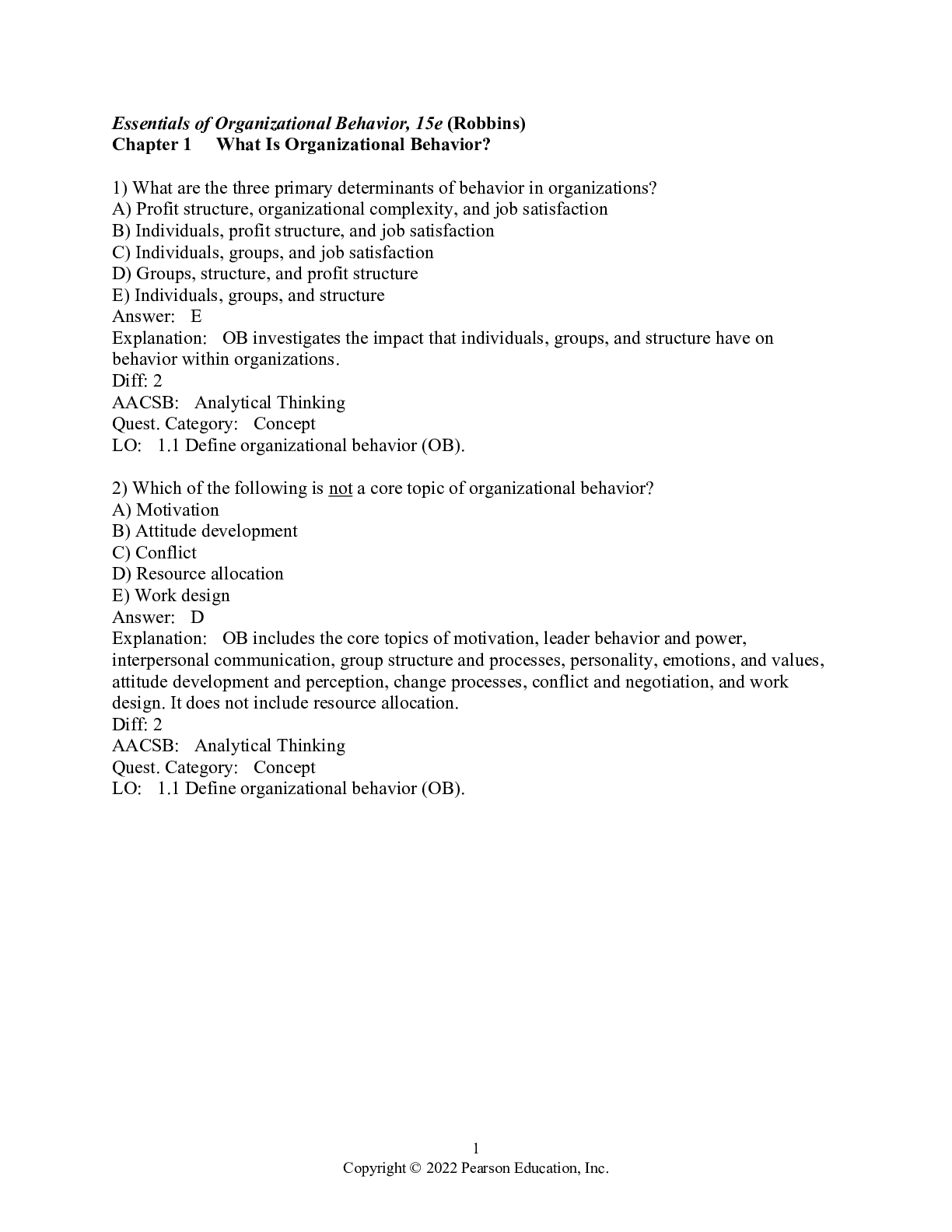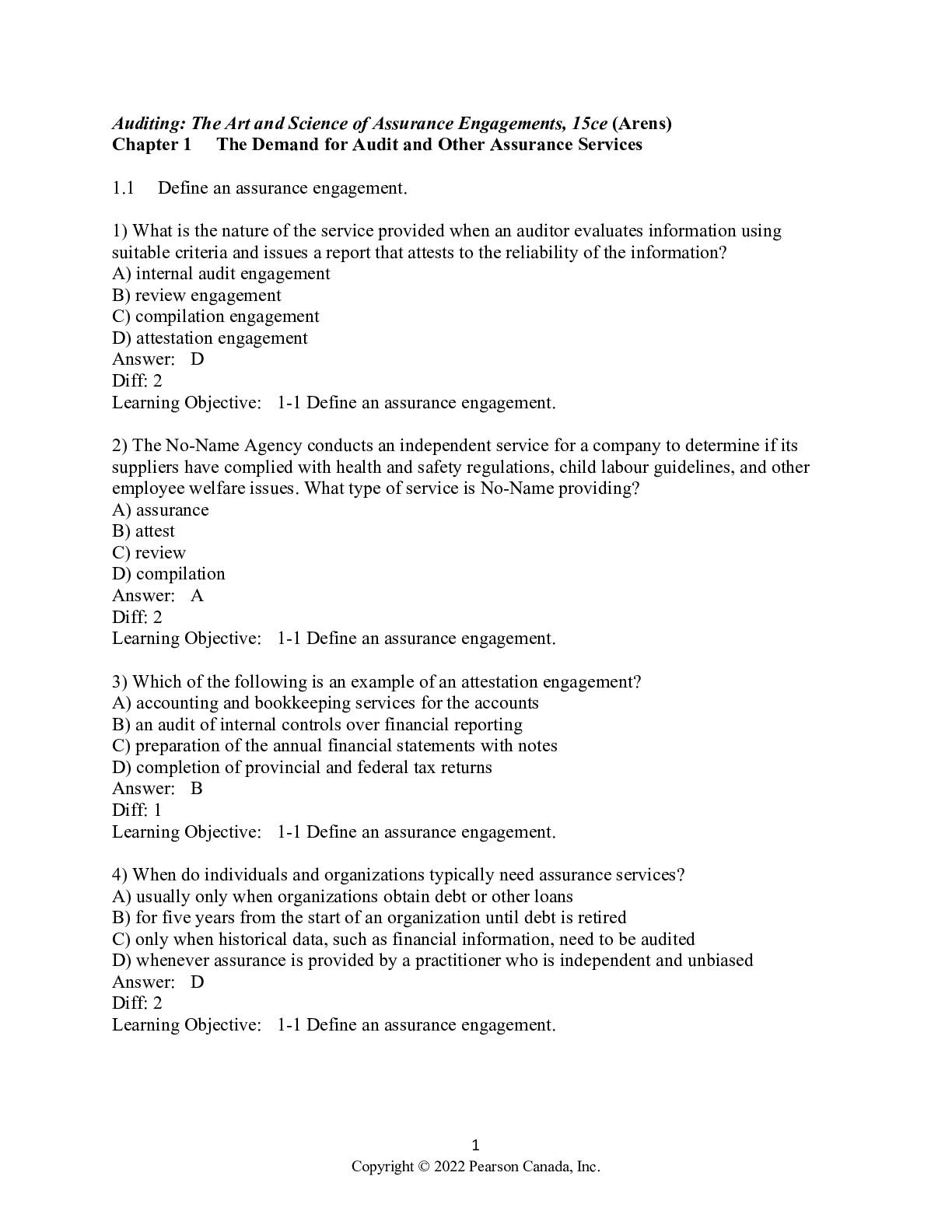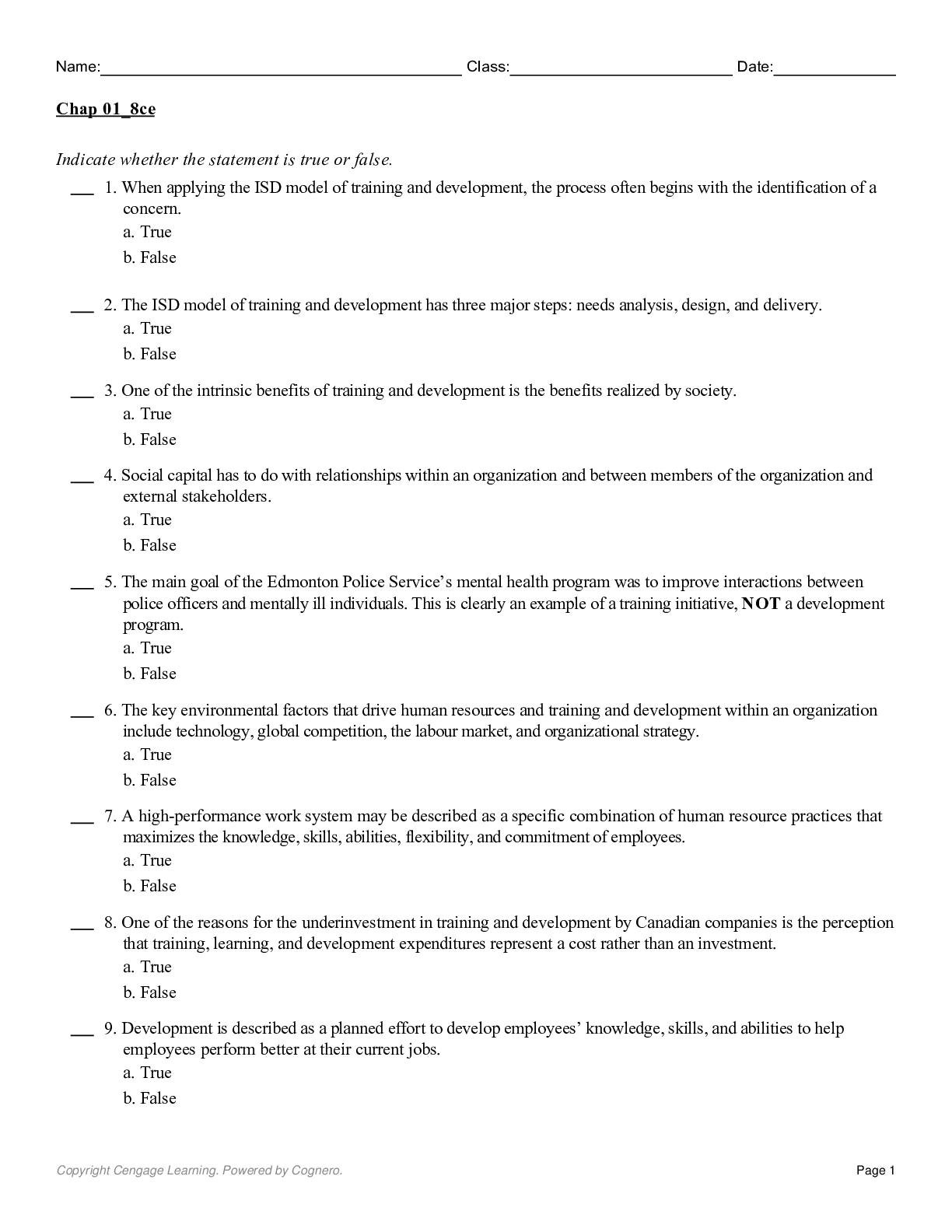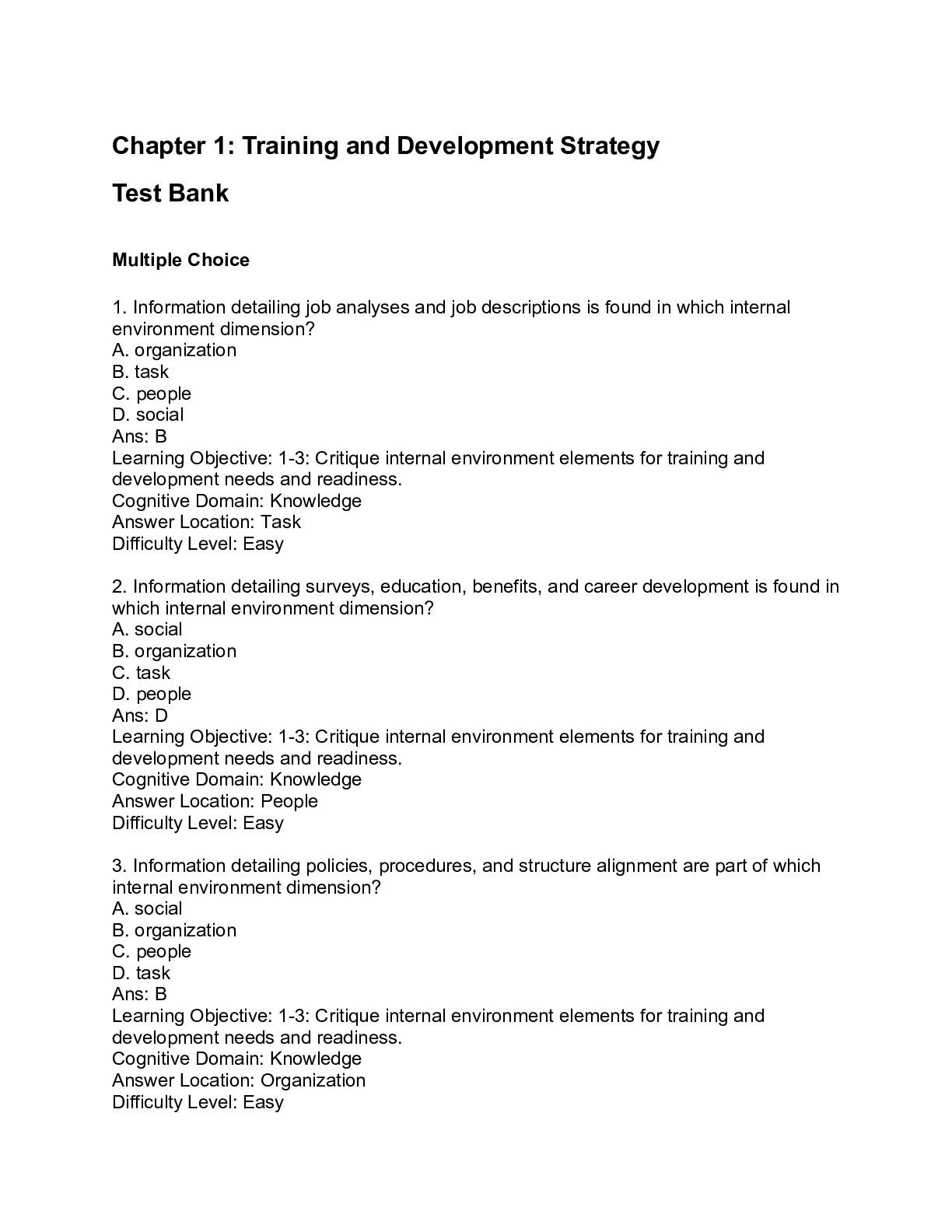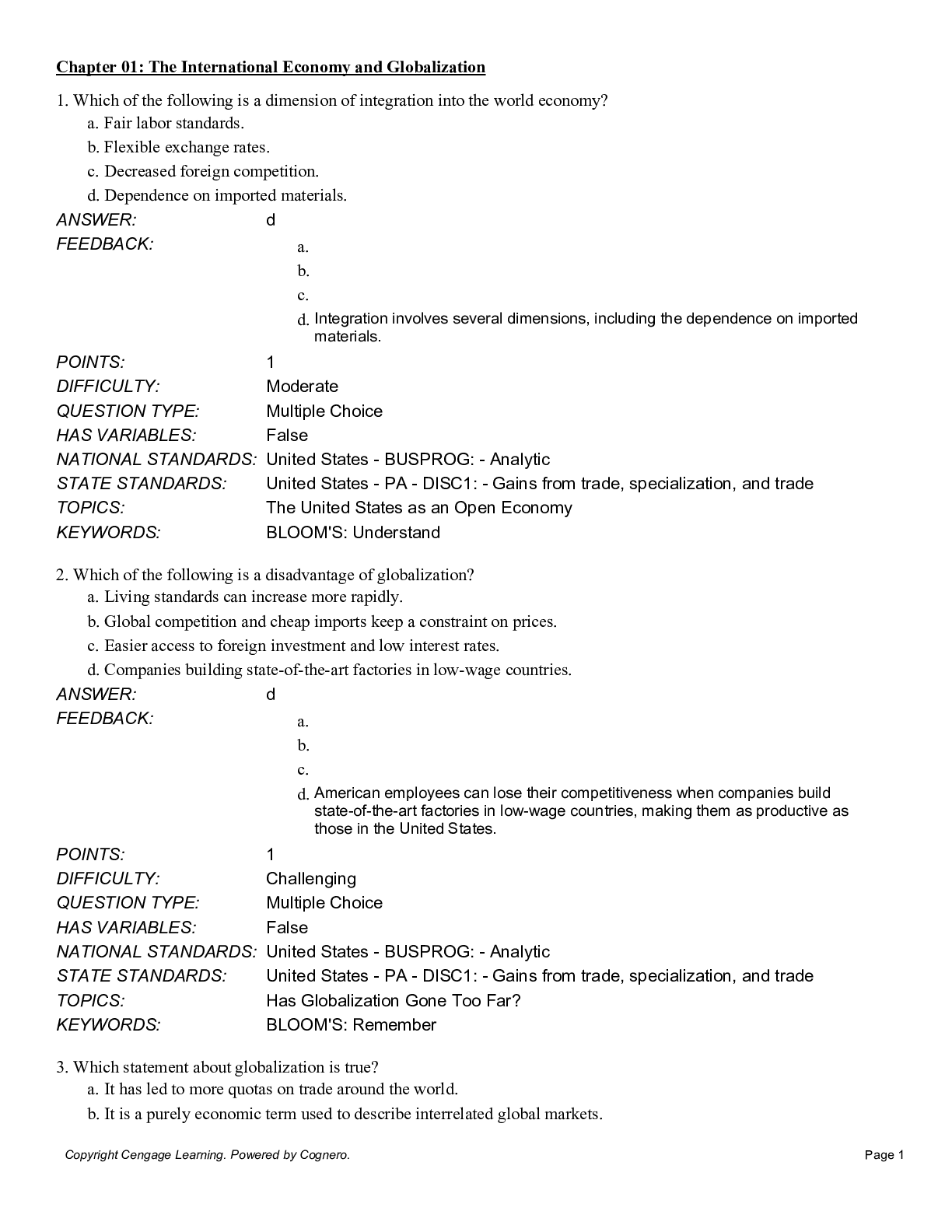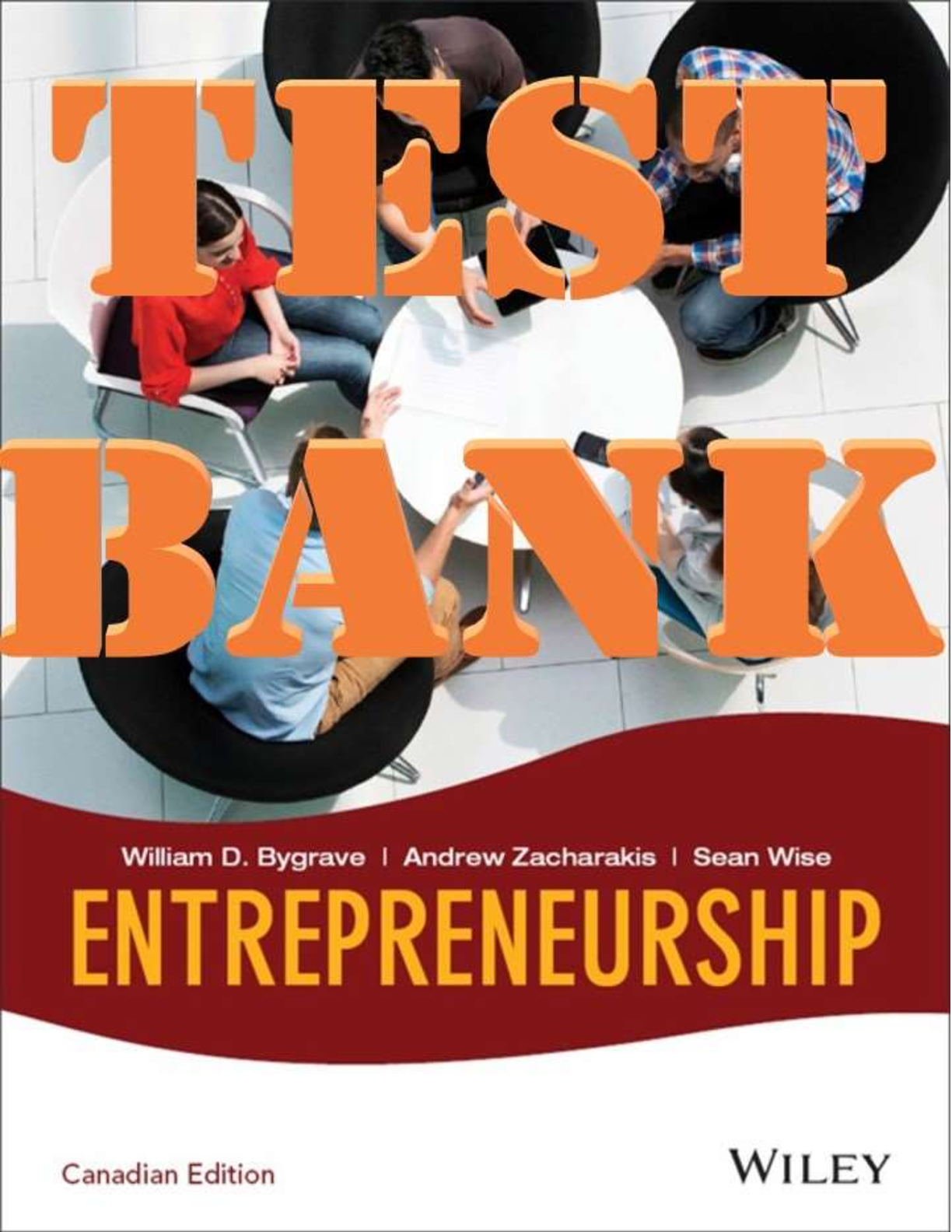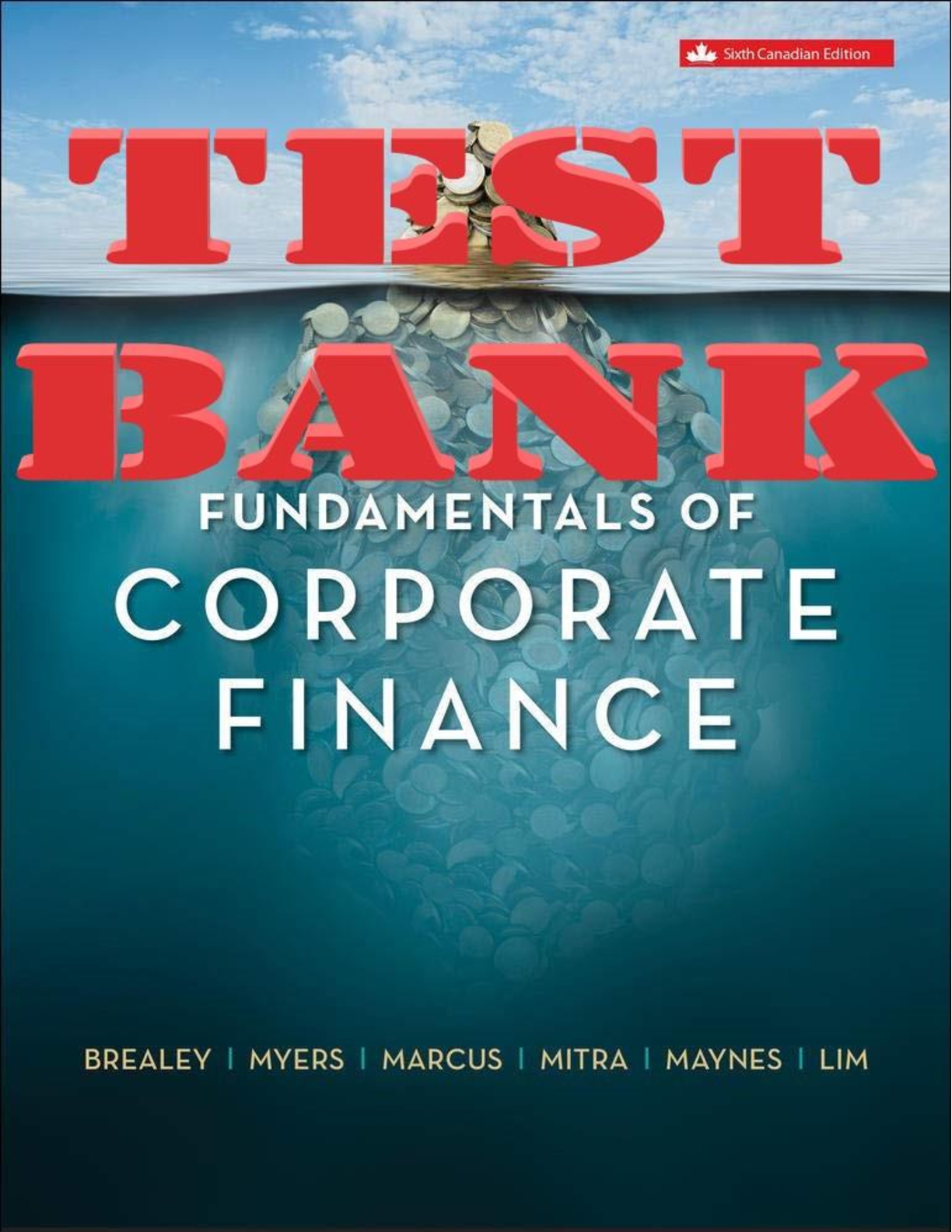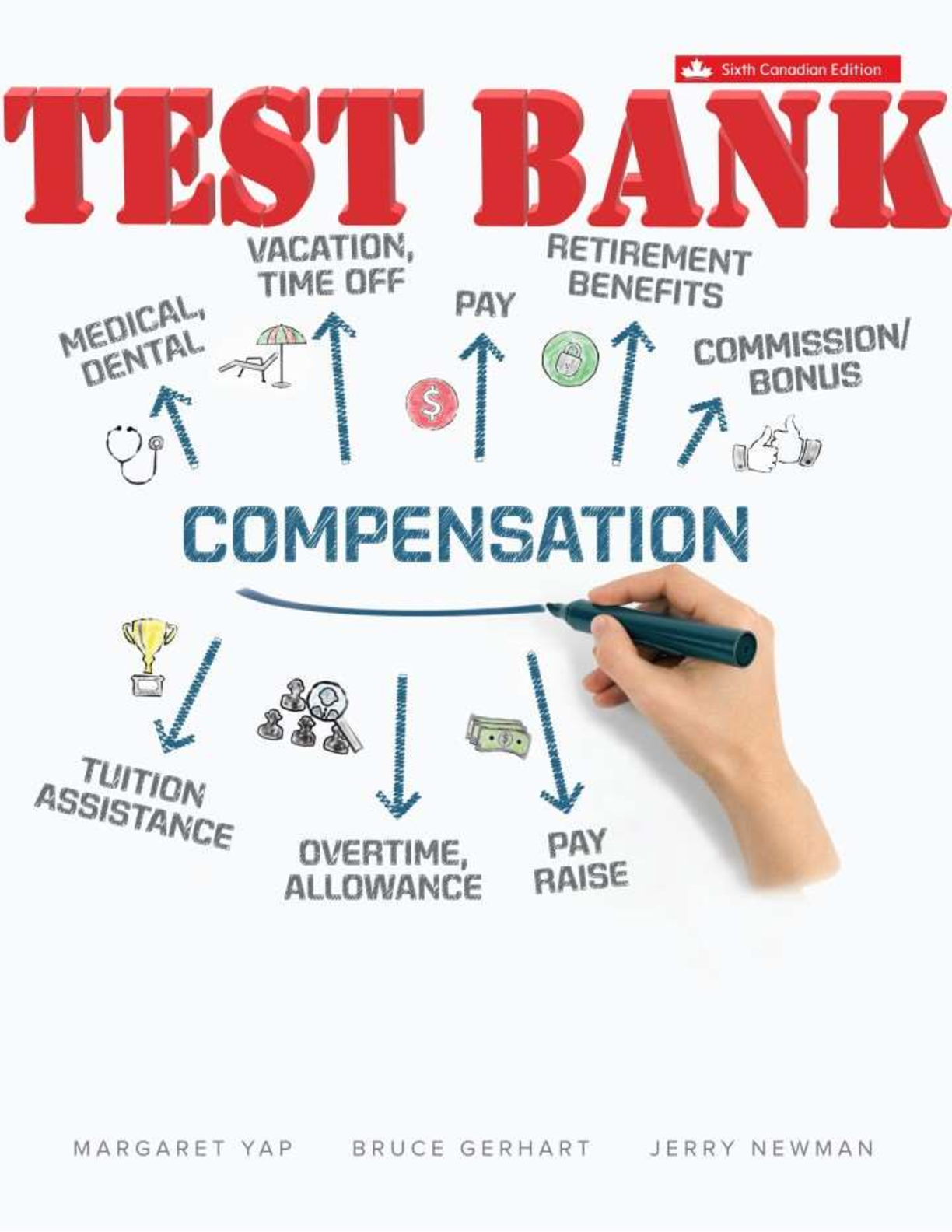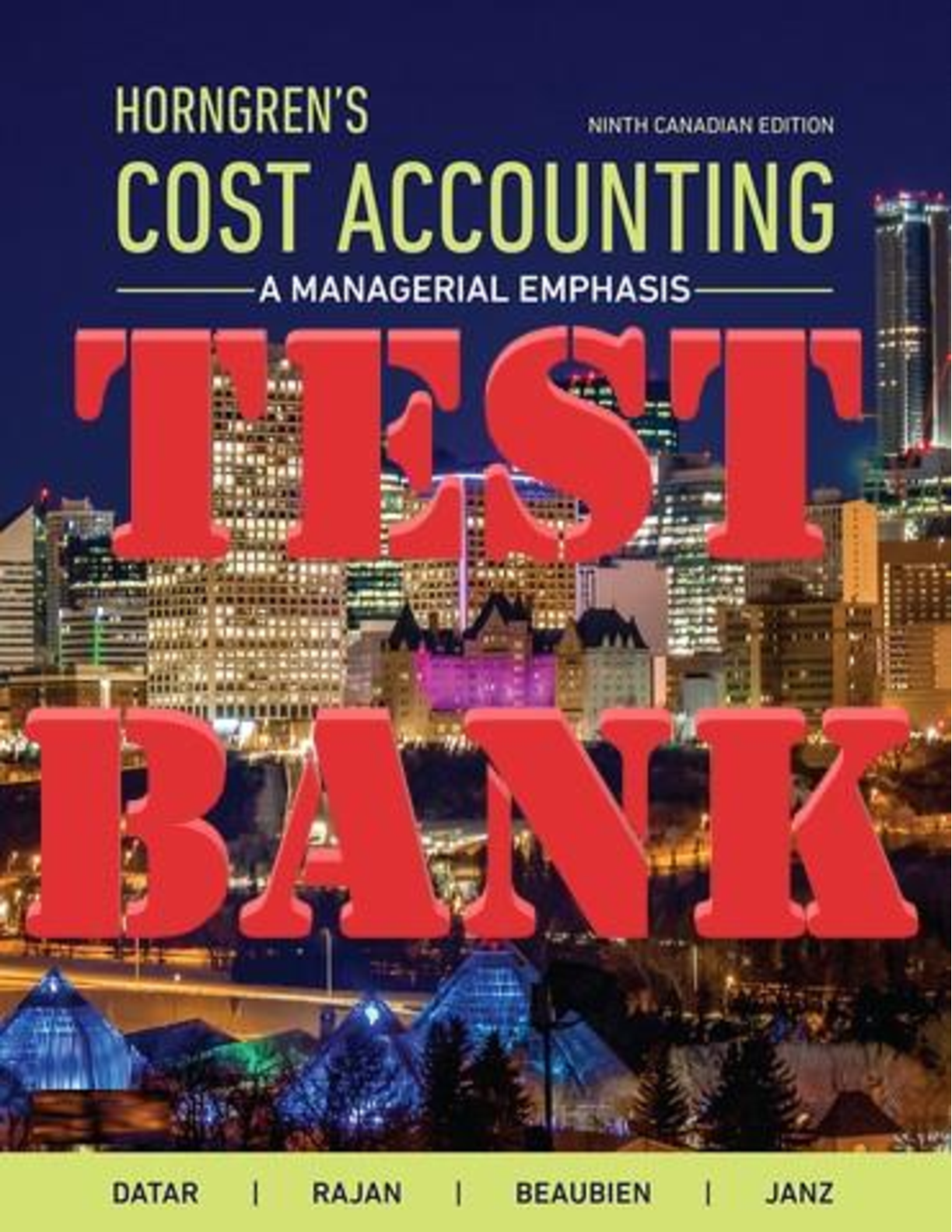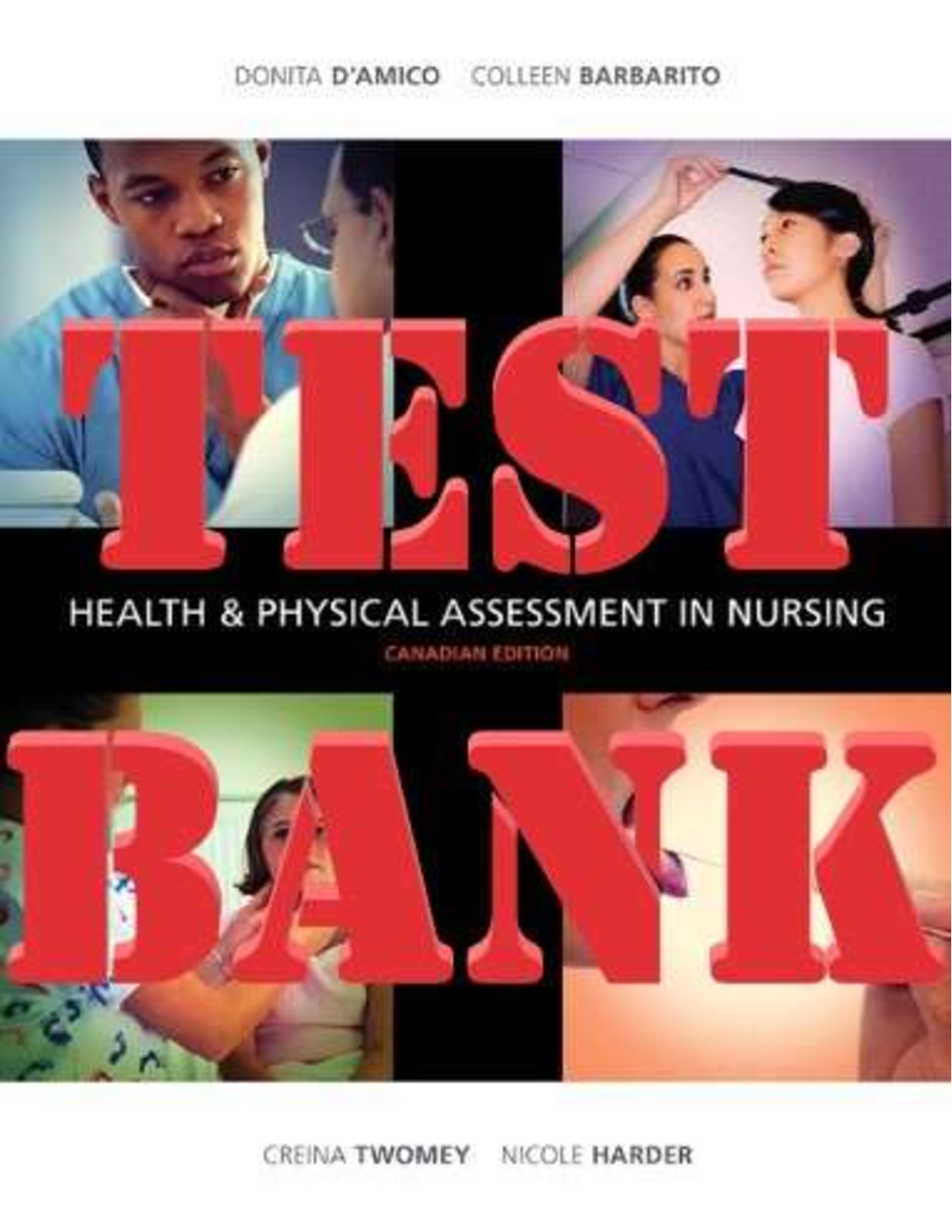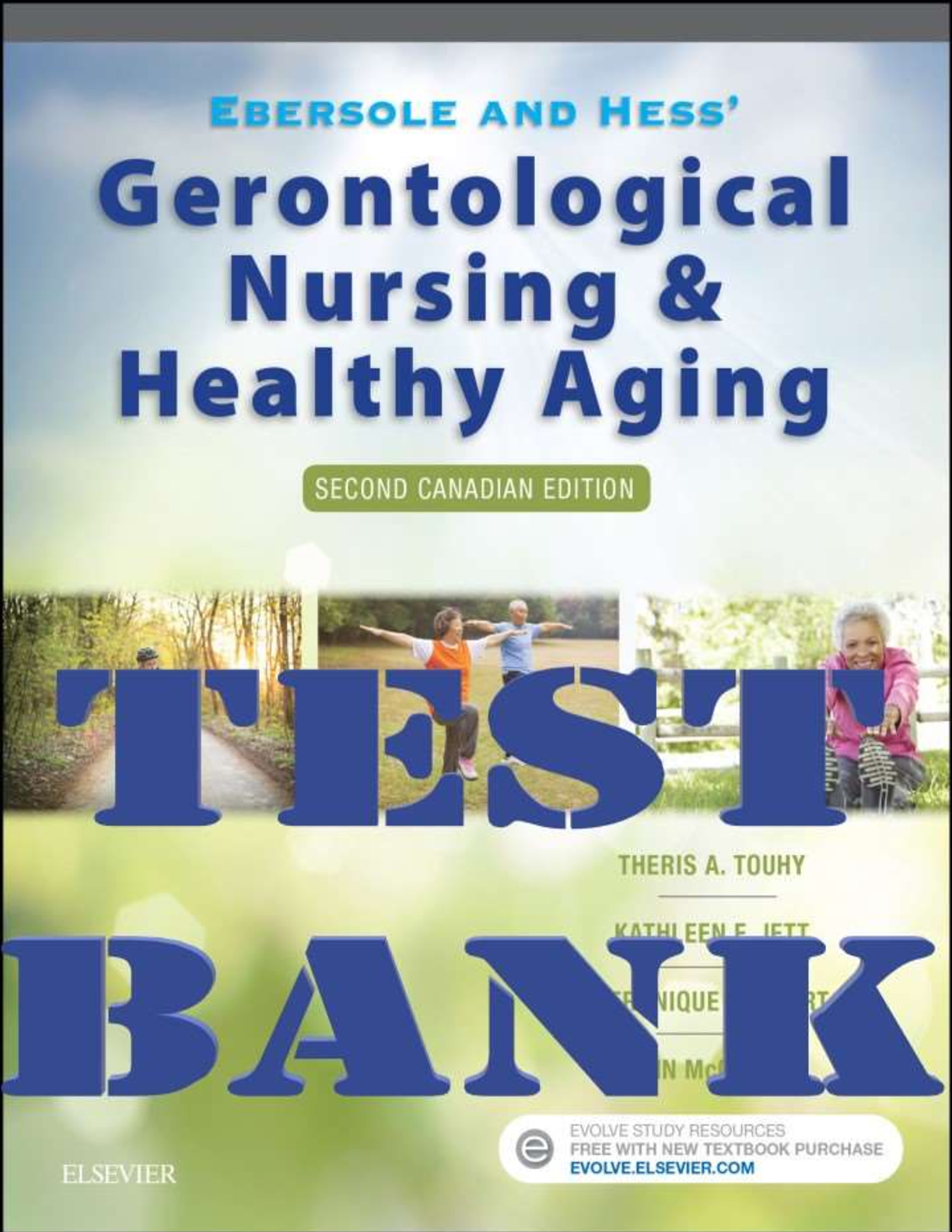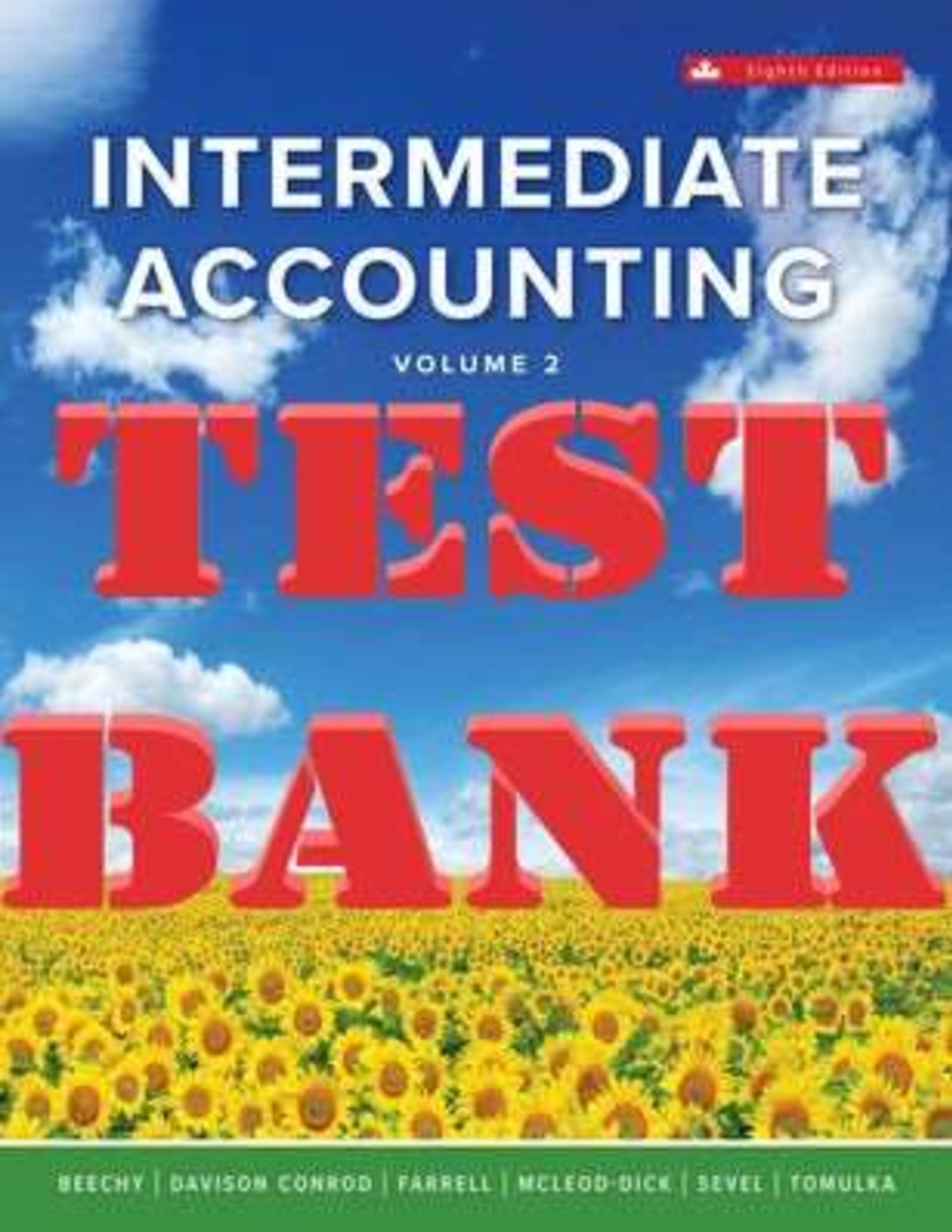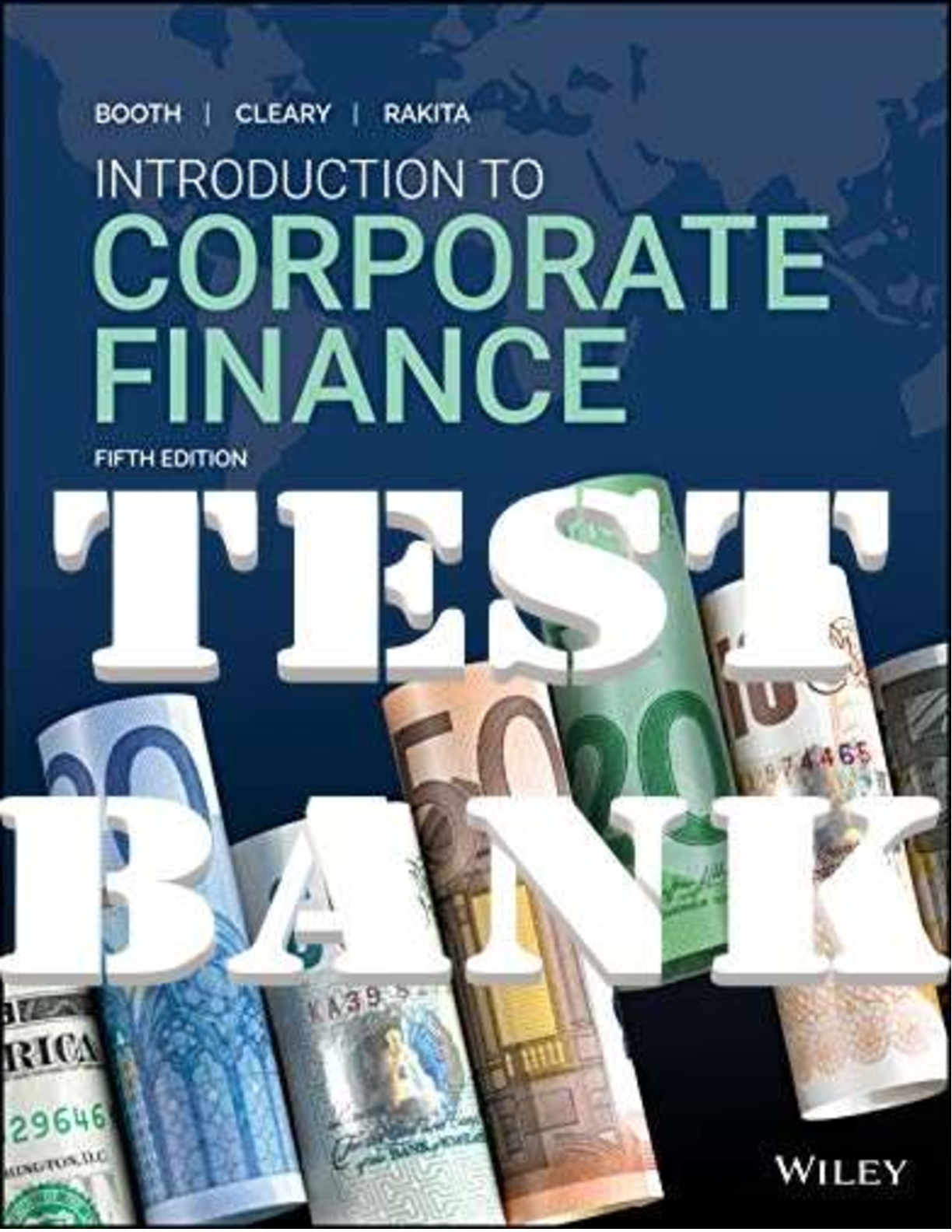Macroeconomics > TEST BANK > Macroeconomics, Ninth Canadian Edition, 9th Canadian Edition by Abel Test Bank (All)
Macroeconomics, Ninth Canadian Edition, 9th Canadian Edition by Abel Test Bank
Document Content and Description Below
Test Bank for Macroeconomics, Ninth Canadian Edition, 9th Canadian Edition by Andrew B. Abel,Ben S. Bernanke,Dean Croushore,Ronald D. Kneebone TEST BANK ISBN-13: 9780136727408 Full chapters included... Chapter 1: Introduction to Macroeconomics 1.1 What Macroeconomics Is About Long-Run Economic Growth Business Cycles Unemployment and Price Instability The International Economy Macroeconomic Policy Aggregation 1.2 What Macroeconomists Do Macroeconomic Analysis Macroeconomic Research 1.3 Why Macroeconomists Disagree Classicals versus Keynesians A Unified Approach to Macroeconomics Chapter Summary Chapter Review and Exercises Chapter 2: The Measurement and Structure of the Canadian Economy Introduction: The Measurement and Structure of the Canadian Economy 2.1 National Income Accounting: The Measurement of Production, Income, and Expenditure Why the Three Approaches Are Equivalent 2.2 Gross Domestic Product The Product Approach to Measuring GDP The Expenditure Approach to Measuring GDP The Income Approach to Measuring GDP 2.3 Saving and Wealth Measures of Aggregate Saving The Uses of Private Saving Relating Saving and Wealth 2.4 Real GDP, Price Indexes, and Inflation Real GDP Price Indexes 2.5 Interest Rates Real versus Nominal Interest Rates The Expected Real Interest Rate Chapter Summary Chapter Review and Exercises Chapter 3: Productivity, Output, and Employment Introduction: Productivity, Output, and Employment 3.1 How Much Does the Economy Produce? The Production Function The Shape of the Production Function The Marginal Product of Capital The Marginal Product of Labour Supply Shocks 3.2 The Demand for Labour The Marginal Product of Labour and Labour Demand: An Example A Change in the Wage The Marginal Product of Labour and the Labour Demand Curve Factors That Shift the Labour Demand Curve Aggregate Labour Demand 3.3 The Supply of Labour The Income–Leisure Trade-off Real Wages and Labour Supply The Labour Supply Curve Factors That Shift the Labour Supply Curve Aggregate Labour Supply 3.4 Labour Market Equilibrium Full-Employment Output 3.5 Unemployment Measuring Unemployment Changes in Employment Status How Long Are People Unemployed? Why There Are Always Unemployed People Chapter Summary Key Diagrams Chapter Review and Exercises Chapter 4: Consumption, Saving, and Investment Introduction: Consumption, Saving, and Investment 4.1 Consumption and Saving The Consumption and Saving Decision of an Individual Effect of Changes in Current Income Effect of Changes in Expected Future Income Effect of Changes in Wealth Effect of Changes in the Real Interest Rate Taxes and the Real Return to Saving Fiscal Policy 4.2 Investment The Desired Capital Stock Determining the Desired Capital Stock Changes in the Desired Capital Stock From the Desired Capital Stock to Investment Investment in Inventories and Housing 4.3 Goods Market Equilibrium The Saving–Investment Diagram Shifts of the Saving Curve Shifts of the Investment Curve Chapter Summary Key Diagrams Chapter Review and Exercises Chapter 5: Saving and Investment in the Open Economy Introduction: Saving and Investment in the Open Economy 5.1 Balance of Payments Accounting The Current Account The Capital Account The Relationship between the Current Account and the Capital Account Net Foreign Assets and the Balance of Payments Accounts 5.2 Goods Market Equilibrium in an Open Economy 5.3 Saving and Investment in a Small Open Economy The Effects of Supply Shocks in a Small Open Economy 5.4 Saving and Investment in Large Open Economies 5.5 The Twin Deficits The Critical Factor: The Response of National Saving The Government Budget Deficit and National Saving Chapter Summary Key Diagrams Chapter Review and Exercises Chapter 6: Long-Run Economic Growth Introduction: Long-Run Economic Growth 6.1 The Sources of Economic Growth Growth Accounting Growth Accounting and the Productivity Slowdown 6.2 Growth Dynamics: The Neoclassical Growth Model Setup of the Model Steady States Reaching the Steady State The Fundamental Determinants of Long-Run Living Standards Population Growth Productivity Growth Endogenous Growth Theory Economic Growth and the Environment 6.3 Government Policies to Raise Long-Run Living Standards Policies to Raise the Rate of Productivity Growth Chapter Summary Key Diagrams Chapter Review and Exercises Chapter 7: The Asset Market, Money, and Prices Introduction: The Asset Market, Money, and Prices 7.1 What Is Money? Measuring Money: The Monetary Aggregates The Money Supply 7.2 Portfolio Allocation and the Demand for Assets Expected Return Risk Liquidity Time to Maturity Types of Assets and Their Characteristics Asset Demands 7.3 The Demand for Money The Price Level Real Income Interest Rates The Money Demand Function Other Factors Affecting Money Demand Payment Technologies Elasticities of Money Demand Velocity and the Quantity Theory of Money 7.4 Asset Market Equilibrium Asset Market Equilibrium: An Aggregation Assumption The Asset Market Equilibrium Condition 7.5 Money Growth and Inflation The Expected Inflation Rate and the Nominal Interest Rate Chapter Summary Chapter Review and Exercises Chapter 8: Business Cycles Introduction: Business Cycles 8.1 What Is a Business Cycle? 8.2 The Canadian Business Cycle: The Historical Record Have Business Cycles Become Less Severe? 8.3 Business Cycle Facts The Cyclical Behaviour of Economic Variables: Direction and Timing Production Expenditure Employment, Unemployment, and Labour Productivity Money Growth Financial Variables 8.4 Business Cycle Analysis: A Preview Chapter Summary Chapter Review and Exercises Chapter 9: The IS–LM–FE Model: A General Framework for Macroeconomic Analysis Introduction: The IS–LM–FE Model: A General Framework for Macroeconomic Analysis 9.1 The FE Line: Equilibrium in the Labour Market Factors That Shift the FE Line 9.2 The IS Curve: Equilibrium in the Goods Market Factors That Shift the IS Curve 9.3 The LM Curve: Asset Market Equilibrium The Interest Rate and the Price of a Nonmonetary Asset The Equality of Money Demanded and Money Supplied Factors That Shift the LM Curve Changes in the Real Money Supply Changes in Real Money Demand 9.4 General Equilibrium in the Complete IS–LM–FE Model Applying the IS–LM–FE Framework: A Temporary Adverse Supply Shock 9.5 Price Adjustment and the Attainment of General Equilibrium The Effects of a Monetary Expansion The Adjustment of the Price Level The Effects of a Fiscal Expansion Classical versus Keynesian Versions of the IS–LM–FE Model 9.6 The Aggregate Demand Curve Deriving the Aggregate Demand Curve Factors That Shift the Aggregate Demand Curve Chapter Summary Key Diagrams Chapter Review and Exercises Chapter 10: Exchange Rates, Business Cycles, and Macroeconomic Policy in the Open Economy Introduction: Exchange Rates, Business Cycles, and Macroeconomic Policy in the Open Economy 10.1 Exchange Rates Nominal Exchange Rates Real Exchange Rates Appreciation and Depreciation Purchasing Power Parity The Real Exchange Rate and Net Exports 10.2 How Exchange Rates Are Determined: A Supply-and-Demand Analysis Effects of Changes in Output (Income) Effects of Changes in Real Interest Rates 10.3 The International Asset Market: Interest Rate Parity Returns on Domestic and Foreign Assets Interest Rate Parity 10.4 The IS–LM–FE Model for an Open Economy The Open-Economy IS Curve Factors That Shift the Open-Economy IS Curve The International Transmission of Business Cycles 10.5 Macroeconomic Policy in a Small Open Economy with Flexible Exchange Rates A Fiscal Expansion A Monetary Expansion 10.6 Fixed Exchange Rates Fixing the Exchange Rate Monetary Policy and the Fixed Exchange Rate Fiscal Policy and the Fixed Exchange Rate 10.7 Choosing an Exchange Rate System Currency Unions The Self-Correcting Small Open Economy More Advanced Models of the Open Economy Chapter Summary Key Diagrams Chapter Review and Exercises Chapter 11: Classical Business Cycle Analysis: Market-Clearing Macroeconomics Introduction: Classical Business Cycle Analysis: Market-Clearing Macroeconomics 11.1 Business Cycles in the Classical Model The Recessionary Impact of an Adverse Productivity Shock Real Business Cycle Theory and the Business Cycle Facts Are Productivity Shocks the Only Source of Recessions? Does the Solow Residual Measure Technology Shocks? Fiscal Policy Shocks in the Classical Model Unemployment in the Classical Model 11.2 Money in the Classical Model Monetary Non-neutrality and Reverse Causation The Non-neutrality of Money: Additional Evidence 11.3 The Misperceptions Theory and the Non-neutrality of Money Aggregate Demand and Aggregate Supply Equilibrium Rational Price Expectations Monetary Policy and the Misperceptions Theory Rational Expectations and the Role of Monetary Policy Propagating the Effects of Unanticipated Changes in Aggregate Demand Chapter Summary Key Diagrams Chapter Review and Exercises Chapter 12: Keynesian Business Cycle Analysis: Non–Market-Clearing Macroeconomics Introduction: Keynesian Business Cycle Analysis: Non–Market-Clearing Macroeconomics 12.1 Nominal-Wage Rigidity The Short-Run Aggregate Supply Curve with Labour Contracts Price Expectations and the Keynesian Short-Run Aggregate Supply Curve 12.2 Monetary and Fiscal Policy in the Keynesian Model Monetary Policy Fiscal Policy Comparing Fiscal and Monetary Policy in the Keynesian Model 12.3 Criticisms of the Nominal-Wage Rigidity Assumption 12.4 Price Stickiness Sources of Price Stickiness: Monopolistic Competition and Menu Costs Empirical Evidence on Price Stickiness Meeting the Demand at the Fixed Nominal Price 12.5 The Keynesian Theory of Business Cycles and Macroeconomic Stabilization Macroeconomic Stabilization How Large is the Fiscal Policy Multiplier? Supply Shocks in the Keynesian Model Chapter Summary Key Diagrams Chapter Review and Exercises Chapter 13: Unemployment and Inflation Introduction: Unemployment and Inflation 13.1 Unemployment and Inflation: Is There a Trade-Off? The Expectations-Augmented Phillips Curve The Shifting Phillips Curve Supply Shocks and the Phillips Curve Macroeconomic Policy and the Phillips Curve The Long-Run Phillips Curve 13.2 The Problem of Unemployment The Long-Term Behaviour of the Unemployment Rate Policies to Reduce the Natural Rate of Unemployment 13.3 The Problem of Inflation The Costs of Inflation Fighting Inflation: The Role of Inflationary Expectations Rapid versus Gradual Disinflation Wage and Price Controls Credibility and Reputation Chapter Summary Chapter Review and Exercises Chapter 14: Monetary Policy and the Bank of Canada Introduction: Monetary Policy and the Bank of Canada 14.1 Principles of Money Supply Determination The Money Supply in An All-Currency Economy The Money Supply Under Fractional Reserve Banking Bank Runs The Money Supply with Both Public Holdings of Currency and Fractional Reserve Banking Open-Market Operations 14.2 Monetary Control in Canada The Bank of Canada’s Balance Sheet Tools of Monetary Policy Open-Market Operations The Exchange Fund Account Setting Monetary Policy in Practice 14.3 The Conduct of Monetary Policy: Rules versus Discretion The Monetarist Case For Rules Rules and Central Bank Credibility The Taylor Rule Other Ways to Achieve Central Bank Credibility Chapter Summary Chapter Review and Exercises Chapter 15: Government Spending and Its Financing Introduction: Government Spending and Its Financing 15.1 The Government Budget: Some Facts and Figures Government Expenditure Revenue The Composition of Revenue and Expenditure: The Federal Government versus Provincial, Territorial, Aboriginal and Local Governments Surpluses or Deficits 15.2 Government Spending, Taxes, and the Macroeconomy Fiscal Policy and Aggregate Demand Government Capital Formation Incentive Effects of Fiscal Policy Tax-Induced Distortions and Tax Rate Smoothing The Laffer Curve 15.3 Government Deficits and Debt The Growth of Government Debt The Burden of the Government Debt on Future Generations Budget Deficits and National Saving: Ricardian Equivalence Revisited Departures from Ricardian Equivalence 15.4 Deficits and Inflation [Show More]
Last updated: 1 year ago
Preview 1 out of 328 pages
Instant download

Buy this document to get the full access instantly
Instant Download Access after purchase
Add to cartInstant download
Reviews( 0 )
Document information
Connected school, study & course
About the document
Uploaded On
Oct 20, 2022
Number of pages
328
Written in
Additional information
This document has been written for:
Uploaded
Oct 20, 2022
Downloads
0
Views
147



